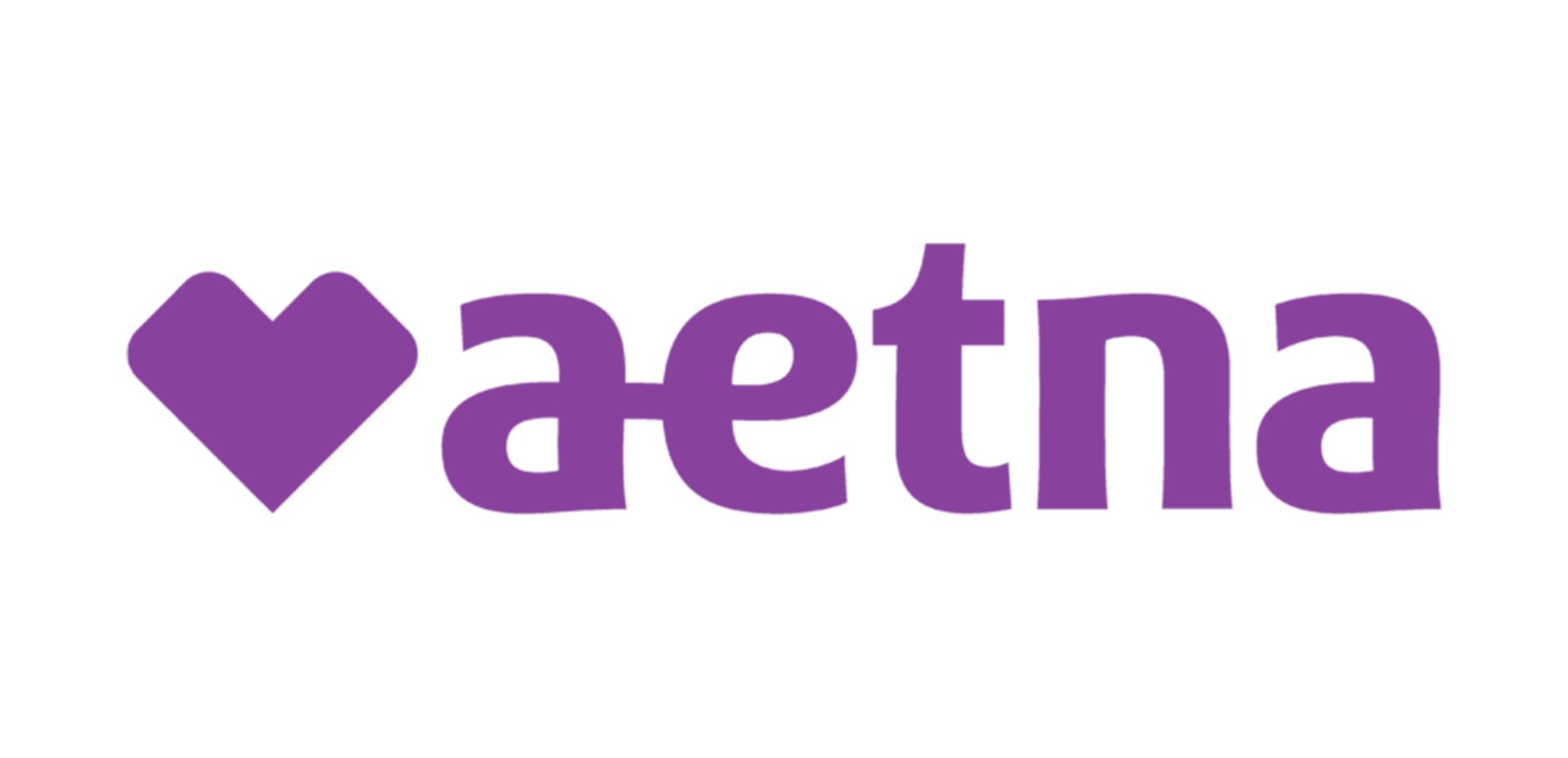"We are committed to supporting the growth and development of individuals."
↓
About Us
The name "Sky Blue Therapy Center" symbolizes the power of reaching for big dreams, regardless of their size, and finding hope, even when the sky is not the shade of blue we consider perfect. To us, blue represents wisdom and power, qualities especially valued by healthcare professionals and those working with Autism Spectrum Disorder. Although each person may see a different shade of blue, it is still the same color.
About Us
The name "Sky Blue Therapy Center" symbolizes the power of reaching for big dreams, regardless of their size, and finding hope, even when the sky is not the shade of blue we consider perfect. To us, blue represents wisdom and power, qualities especially valued by healthcare professionals and those working with Autism Spectrum Disorder. Although each person may see a different shade of blue, it is still the same color.
About Us
The name "Sky Blue Therapy Center" symbolizes the power of reaching for big dreams, regardless of their size, and finding hope, even when the sky is not the shade of blue we consider perfect. To us, blue represents wisdom and power, qualities especially valued by healthcare professionals and those working with Autism Spectrum Disorder. Although each person may see a different shade of blue, it is still the same color.
Our Services

Slide Title
Slide Title
Slide Title
Sky Blue Therapy Center is dedicated to providing specialized services for children with autism.
Medical Insurance
Medical Insurance
Medical Insurances



















This is the text area for this paragraph. To change it, simply click and start typing. Once you've added your content, you can customize its design.
Jane Faber
This is the text area for this paragraph. To change it, simply click and start typing. Once you've added your content, you can customize its design.
Jane Faber
This is the text area for this paragraph. To change it, simply click and start typing. Once you've added your content, you can customize its design.
















